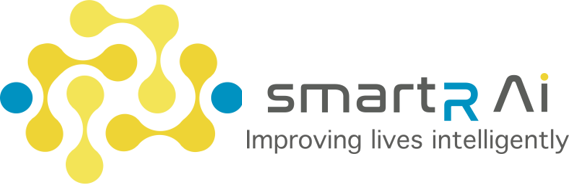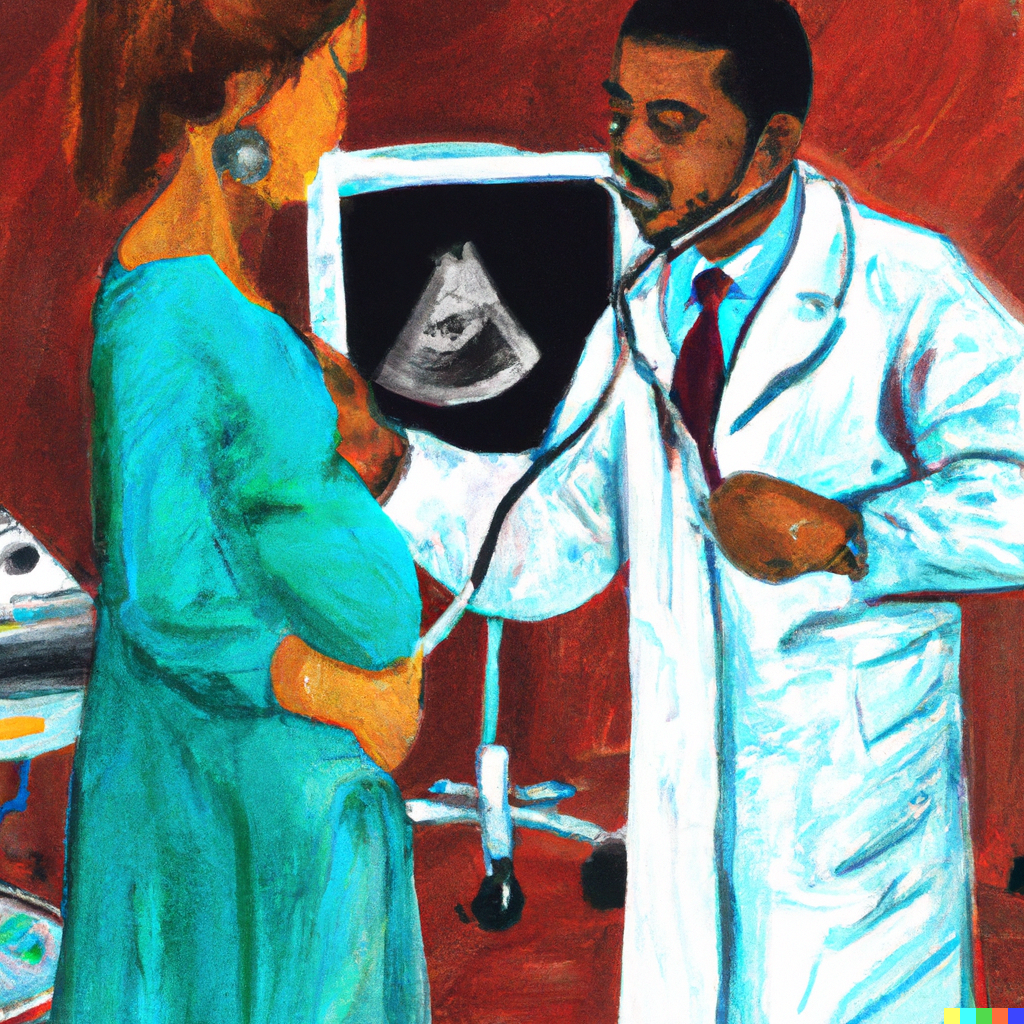AI for health is a rapidly expanding area and one of the most exciting applications is the way technology can improve healthcare provision in developing countries. By providing even the simplest resources, such as free access to online research subscriptions for medical students, individuals are facilitated to find solutions to local health issues and the quality of healthcare being delivered increases. Technological innovations range from high-tech solutions adapted to combat area-specific problems to ordinary technology being used in innovative ways.
Much like in developed countries, artificial intelligence programs could help with the shortages of trained professionals. AI could support clinical decision-making, particularly in areas such as radiology. One of the most exciting applications of AI for health being explored by smartR AI is talking to AI in plain English to efficiently find information within a company or organisation’s database. For example, this could help with public health management by asking the AI how many individuals have come into the hospital with a fever in the last four days compared to three months ago. Or another application could involve medical chatbots providing individuals with basic health information as a starting point for care.
However, even if we can combat the classic issues of regulation, trust, data protection and bias, the levels of digital maturity in these countries are likely too low to implement these programs. Certainly AI could be a game changer in the future for developing countries, but to achieve this in the near future seems unlikely.
When developing technological solutions for developing countries, one must be aware that there are a number of challenges: government mistrust, lack of resources, poor infrastructures, insufficient financing and lack of digital maturity to name but a few issues. The problems won’t be the same across all developing countries so identifying the local challenges and needs is a very important step. Failing to take this step can prevent countries from enacting any meaningful change.
For example, donating high-tech incubators for newborn babies may seem like a great idea in theory, but when the incubators break (as they often do) and countries don’t have the money or access to spare parts, the incubators quickly become useless. Planning with these limitations in mind allowed NeoNurture to solve this issue by developing an incubator made from spare car parts that can be found across most nations.
Another example of a device designed to cope with country limitations is a portable ultrasound that plugs into a laptop or phone. Not only is this device much cheaper than its hospital equivalent but is it also portable, allowing doctors to extend their specialist services to remote and hard-to-access areas.
While these devices are fantastic, it is also important to enable individuals with the technology and resources that they already have access to. In 2021 seven point one billion individuals had a mobile phone (with the number increasing), the high numbers suggest that telehealth may be an accessible option for many. For those in remote areas lacking adequate transportation or too sick to attend a clinic, a video conference with a trained healthcare professional may be a suitable alternative.
In India, teleconsultations have reached more than 140 million people. While in East Timor, (a country with underdeveloped infrastructure, challenging terrain and limited human resources) an innovative mobile application was launched which allows pregnant women living in deprived communities to access the services of midwives and medical doctors through facilitated voice communication and text messages.
The main advantage of telehealth is the way it improves communication. Telehealth can be used by small groups headquartering themselves in areas outside the city and using the internet to get expert advice from urban hospitals. It can also be used to collect information, for example, SMS technology has been used to track malnutrition in rural Ghana. Greater access to healthcare information could also lead to improved evidence-based decision making.
Perhaps one of the most important applications is the role of apps which scan for counterfeit medication. Counterfeit medication is very dangerous, causing “169,000 deaths of children under 5 suffering from pneumonia and up to 116,000 deaths from falsified medicines to treat malaria”. Furthermore, it is a huge source of financial loss, it is estimated that they cost US$200 billion globally and US$30 billion in low- and middle-income per year. The app uses the phone camera and scans the barcode of medicine, validating whether it is real or not and placing the power back into individuals’ hands.
There are a lot of exciting ways in which technology can improve healthcare delivery in developing countries. There are also several limitations, but by being aware of these and using innovative solutions we can certainly use technology to improve health.
Finding innovative solutions to client-specific needs is certainly a priority for smartR AI. The new product SCOTi® AI is customized for each client’s unique needs which ensures high-quality, relevant results tailored to each business.
Written by Celene Sandiford, smartR AI

